Specialized S-Works Turbo Creo SL review
The Specialized S-Works Turbo Creo SL is the brand new performance electric bike from the American brand and its first move into the road e-bike market
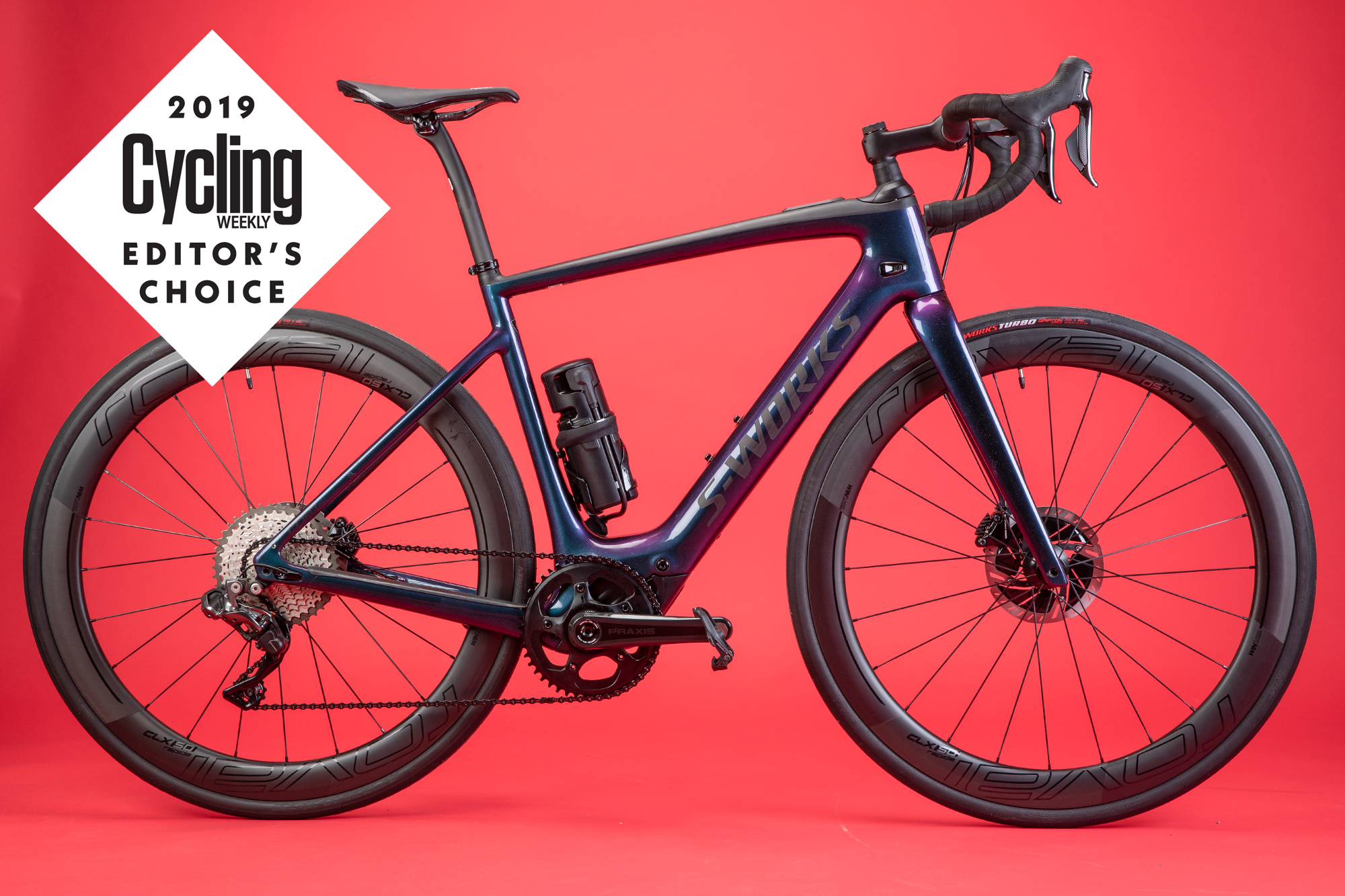
-
+
The system feels smooth and natural
-
+
Integration of tech and cycling
-
+
Battery life
You can trust Cycling Weekly.
With the Specialized S-Works Turbo Creo SL, the boundaries between tech and cycling are merging. The Specialized S-Works Creo SL is forging a brave new world, and for that reason it's on our Editor's Choice list.
The Specialized S-Works Turbo Creo SL is the American brand's first ever drop bar electric bike. Touted as a performance road bike, the Creo was in development for over two years, with Specialized developing a unique system from the ground up.
It's impressively advanced, and technologically is a merging of tech and cycling on a scale not seen before.
Specialized S-Works Turbo Creo SL: The frame
But before I crack on with the bike's tech advancements, I'll take a quick moment to talk about the frame.
One of the many reasons that this bike costs at eye watering £10,999 is because its FACT 11r frame (the same as the S-Works Roubaix) and it gives the Creo a racy, lively feel.
Specialized S-Works Turbo Creo SL: a brave new world
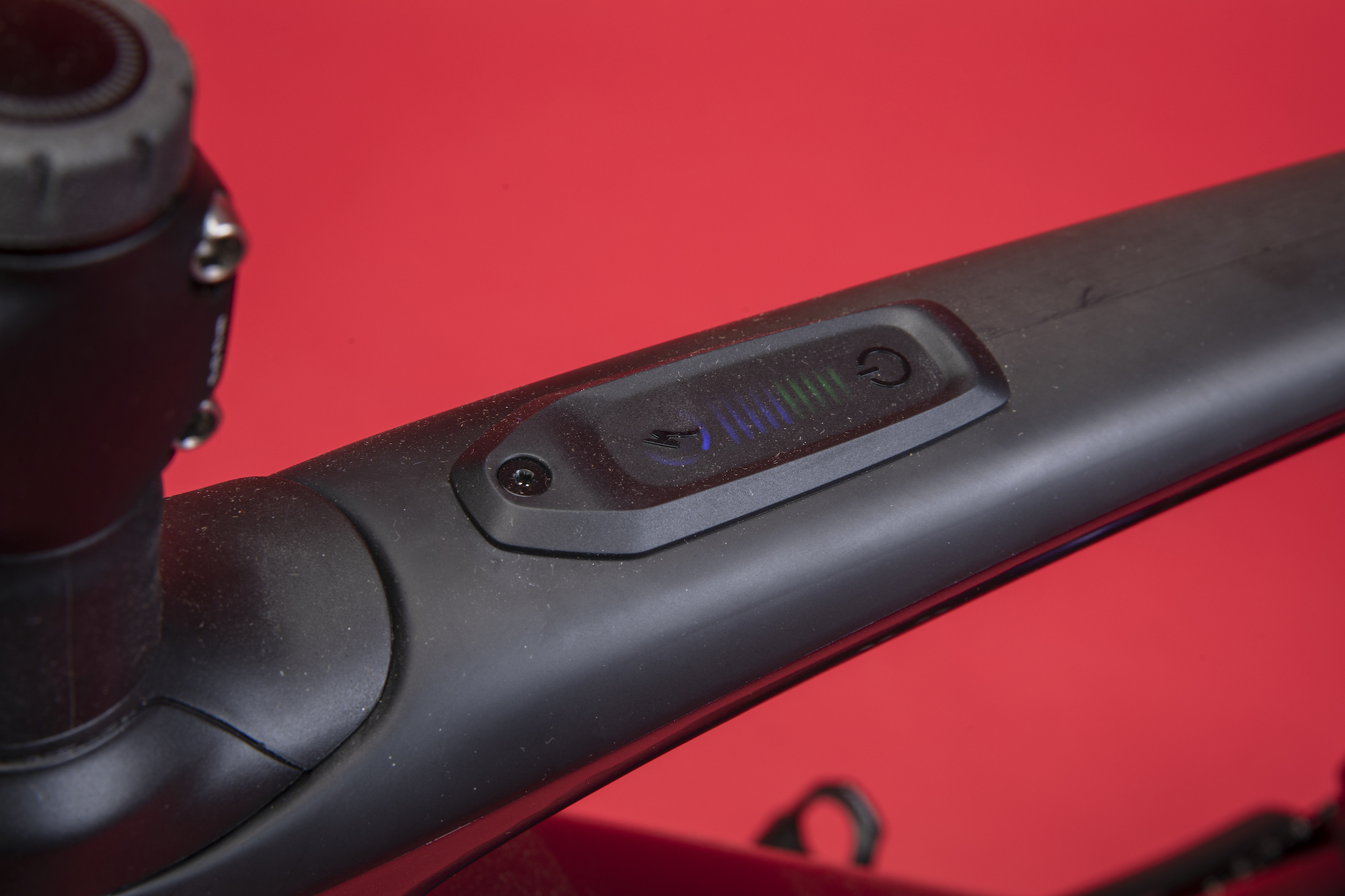
Having tried and tested every battery and motor system on the market, Specialized decided to develop its own, viewing the compromises of a third party system (namely weight) as unacceptable.
The new SL1.1 motors sits in the bike's bottom bracket and at 1.95kg, Specialized is claiming it to be the lightest of any system available and offers 250w of power. Meanwhile, the SL1-320 battery offers 320wh of support and boasts a 130km range.
Unlike other systems on the market, I found the the Specialized Creo to deliver its assistance in a very natural way. The SL1.1 motor doesn't pull you along like a Bosch system does (it has comparably far less torque) but instead incrementally provides support alongside your pedalling – up to 70rpm. There are no unnatural power curve or big power jumps.
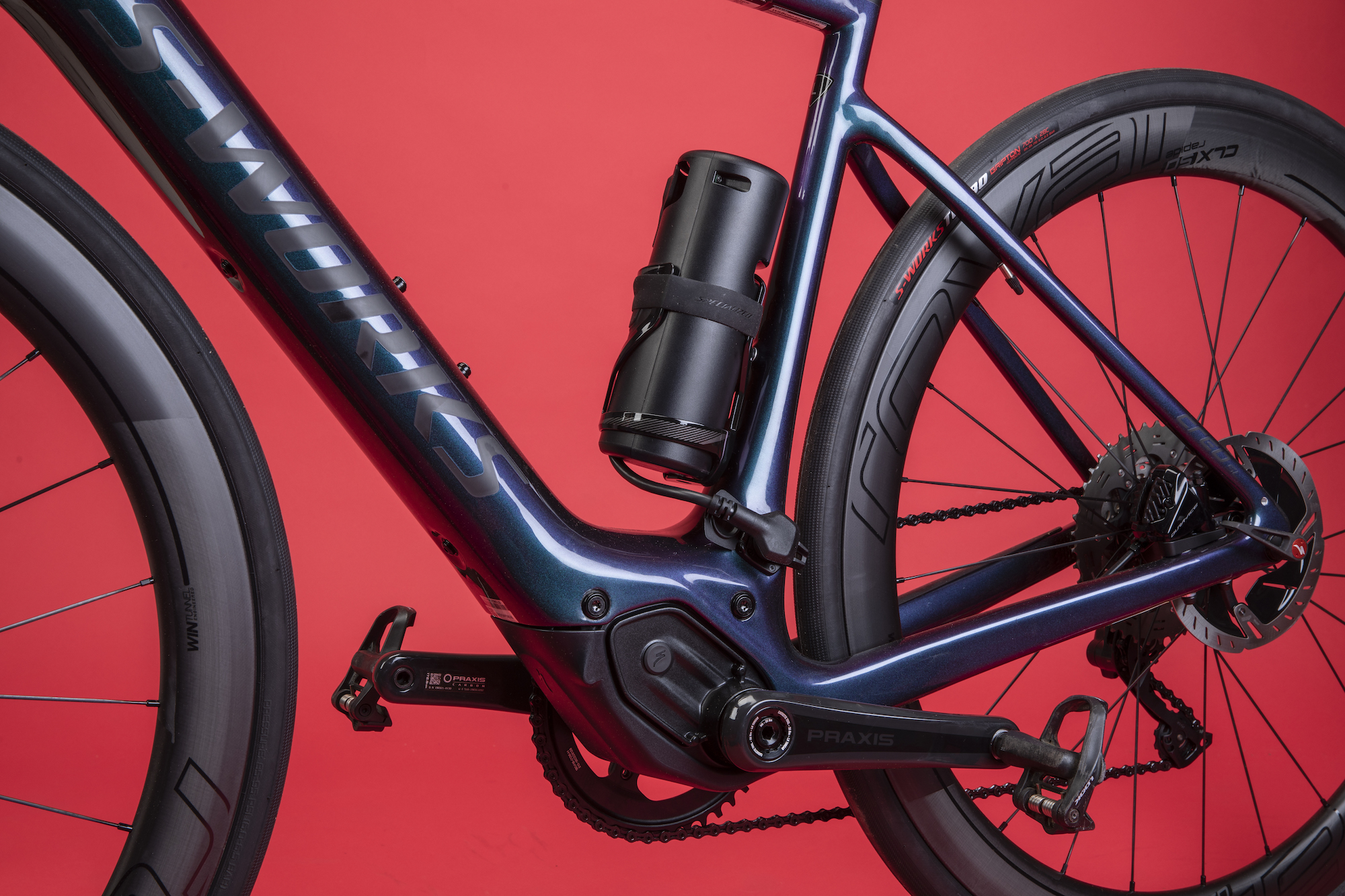
The bike offers four modes of assistance: 'Off' (no assistance but data is still recorded), 'Eco', 'Sport' and 'Turbo'. You cycle through them at a press of the 'S' on the turbo connect unit on the top tube. This also shows via LED lines your battery life remaining and that of any extenders you might be using. When riding you do find yourself glancing down at the Turbo Connect unit a lot, especially if you're trying to change modes in gloves. It wouldn't look as neat, but having it on the handlebars might have been a safer placement.
It might seem odd having an 'off' mode, but Specialized did want this to be a bike that was ridden without support and actually, on my rides, I found myself turning it off more than I thought I would. Because most of rides have long stretches of flat roads (this is something I'll come back to), my reasoning was that once I clocked above 26kmh I might as well save as much battery as possible.

My preconceptions of a 'performance' electric road bike, based on my previous experience on electric drop bar bikes, fell away quite quickly when I first road the Creo. Not wanting to get carried away I stuck it in eco mode, still expecting to be whisked away by the whirring motor beneath my legs. That was not the case. In actual fact, it felt a lot like riding a normal bike and my legs felt like they had to work in much the same way, with the motor giving an almost imperceptible helping hand.
Of course, Turbo mode gets you up to the 26km/h limit sharpish, although it's not like your just holding on while it wheel spins off the line. I've found that the assistance doesn't really kick in until you're a couple of pedal rotations in, although there is still the slightly unnerving sensation on gentle inclines where you're going a lot faster that your leg speed should allow.
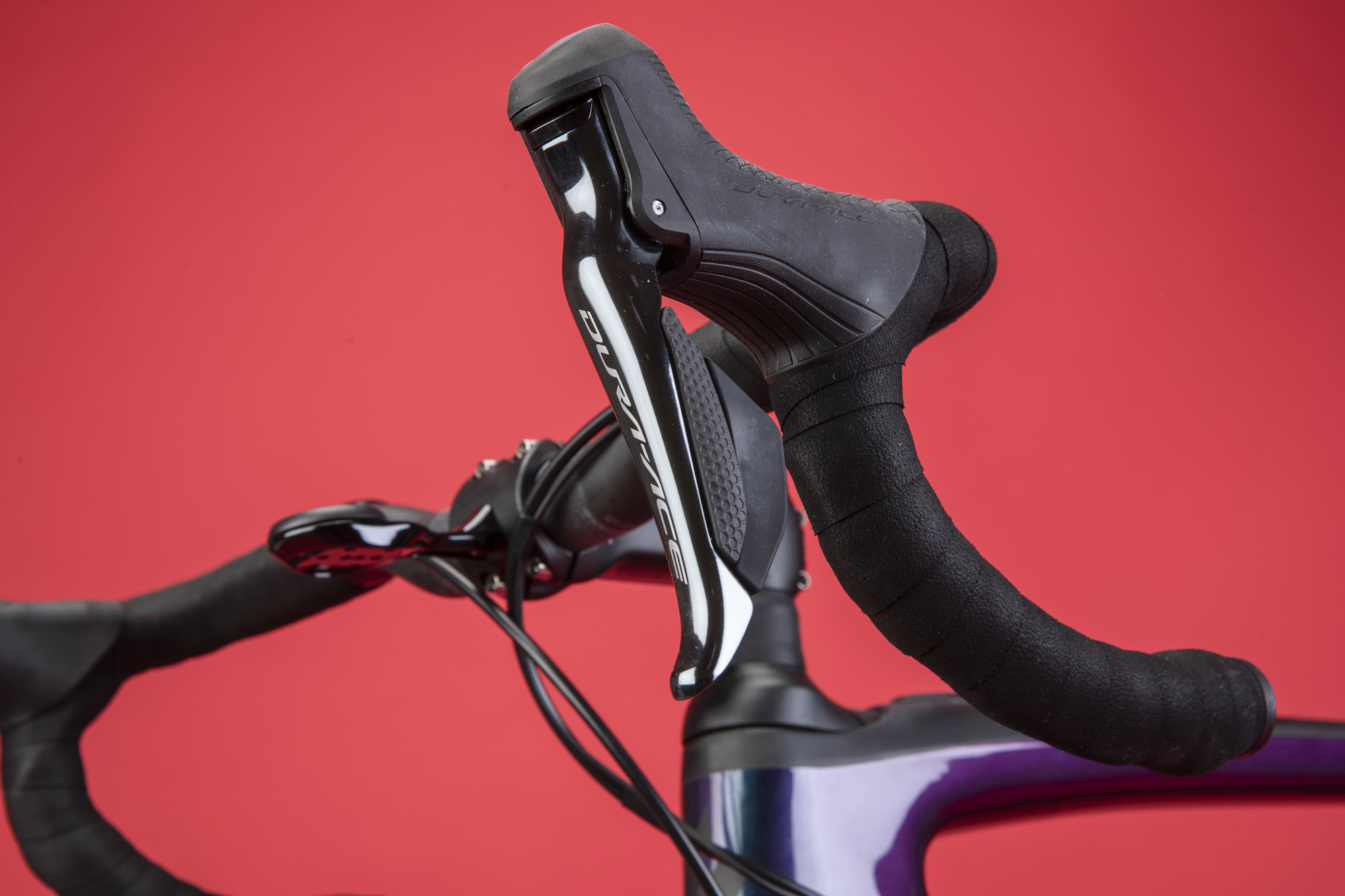
I'm still of the view that road going e-bikes are somewhat limited in flat areas. While the Creo does a better job of managing this thanks to an impressive level of customisation in the bike's companion app, the fact it isn't overpowered and that it delivers the power very naturally, it's still limited to 26kmh.
However, it does have an impressively resistance free pedalling action, and its lightweight (for an e-bike) means chipping along above the 26kmh mark is possible.
Customisation
I've briefly spoken about the bike's companion app, but it deserves a bit more detail. Using Specialized's Mission Control app you alter how much power each mode gives you. For example you can set turbo mode to 60%, effectively meaning you will have to ride at or above certain wattages, handy if you want to use the bike to train with.
Battery life
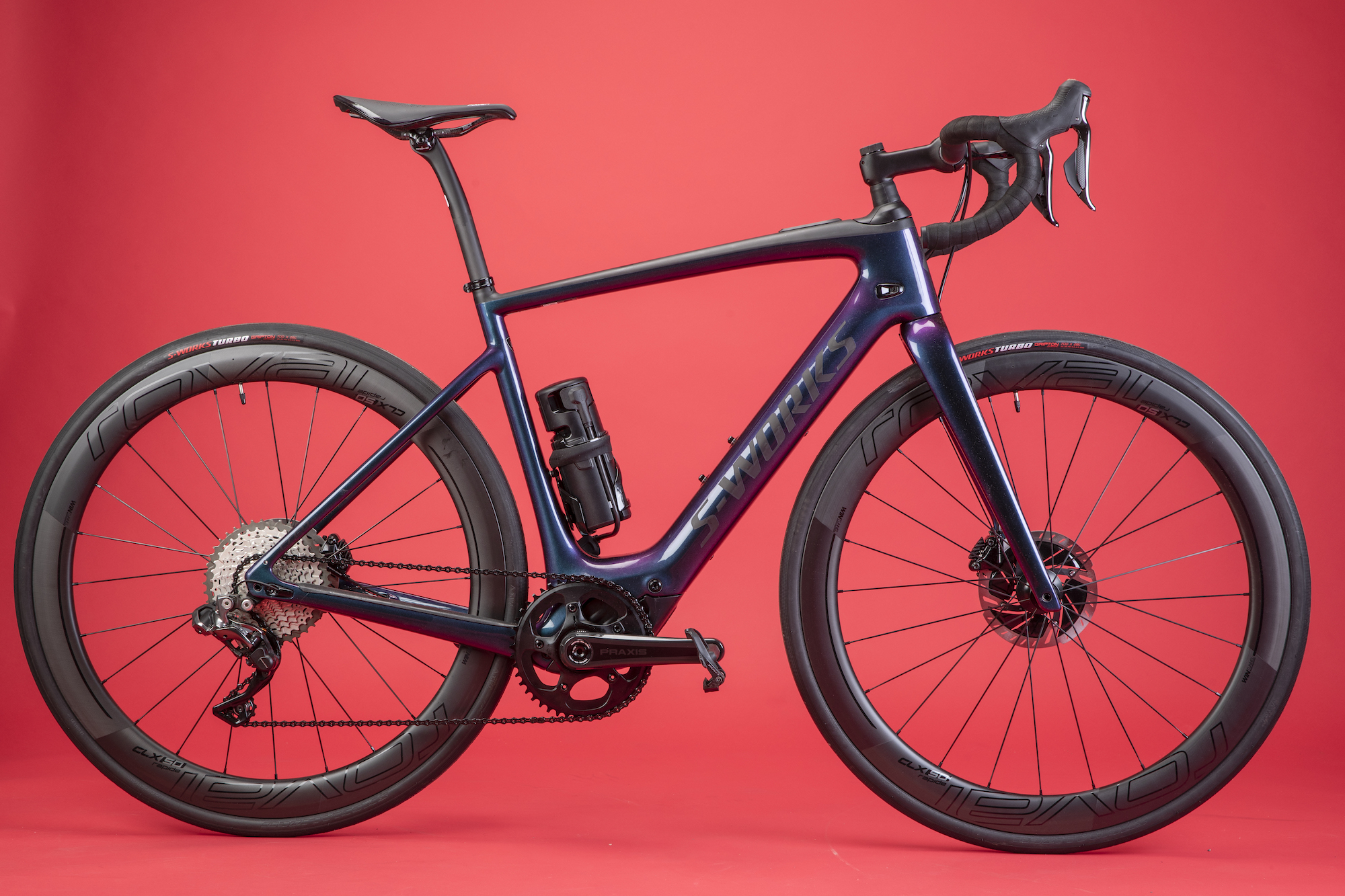
The Specialized S-Works Turbo Creo SL boasts 130km of range as standard. However, obviously you range is dependent on what mode you use, how much you weigh, how much elevation you gain and many other factors, including aerodynamics.
Having tested the bike both in its road and off road guises I've been impressed. Over the course of a 69km gravel ride with 1000m of climbing I drained about 70% of my battery. I'll admit I wasn't being very judicious with my mode selection, preferring turbo over eco for most of that.
Enter the battery extender, a small black unit that comes as standard on S-Works models that adds a further 80% battery life. It's weighs just over 1kg and plugs in above the bottom bracket, extending your ride or getting you home safely.
Specification
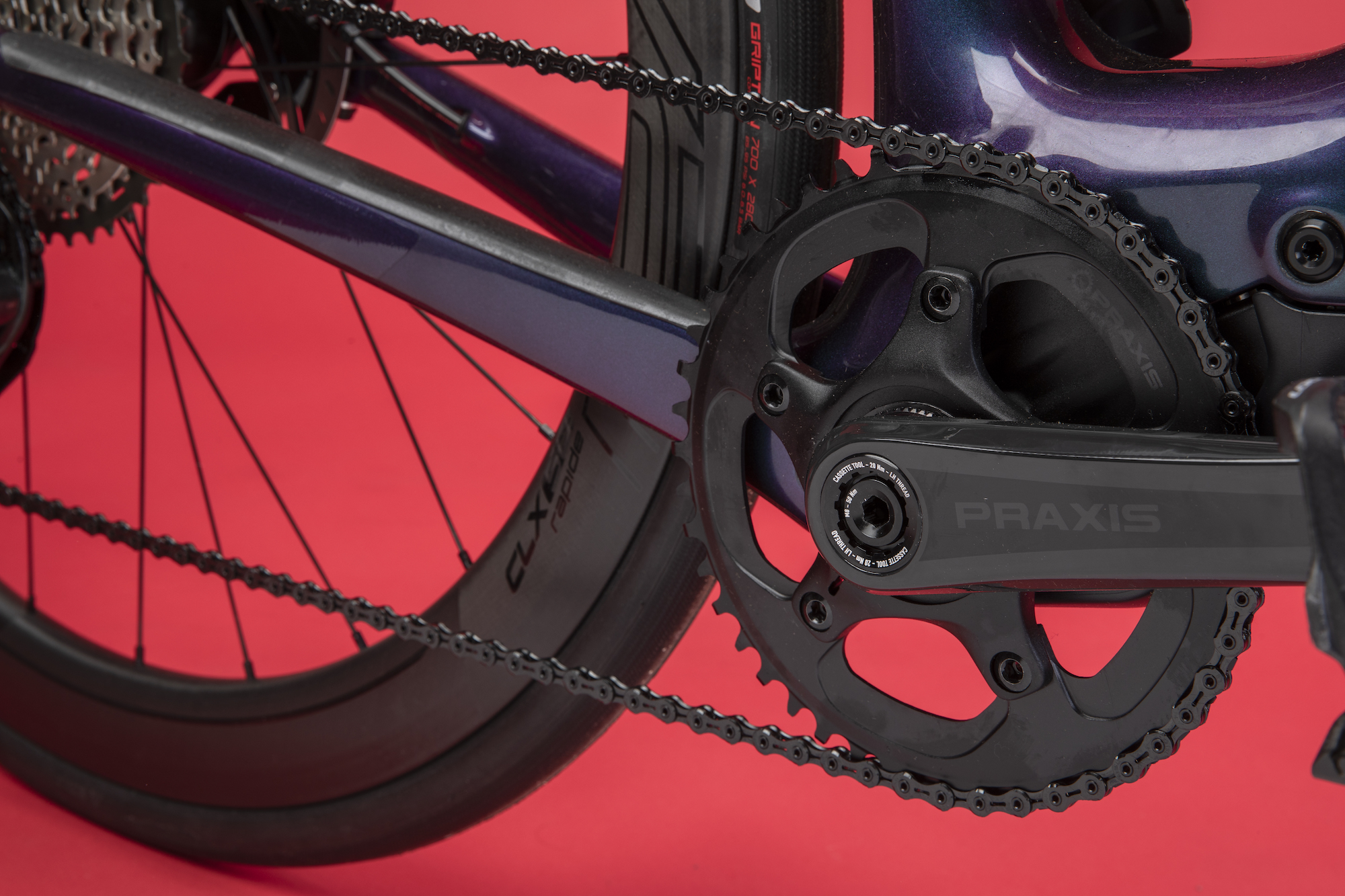
The bike is a real mish-mash of compenents, all of which are top of the market stuff. The groupset is a mash up of Shimano groupsets - Dura-Ace Di2 shifters and an XTR rear mech - that I'm lovingly calling business up front and party at the back.
The only time I've found the gearing lacking is when spinning out on long alpine descents. On the flats it was fine, even giving you a bit of extra spread to manage the extra weight of the bike. Without a doubt, the Roval CLX 50 wheels helped with this as well.

Thank you for reading 20 articles this month* Join now for unlimited access
Enjoy your first month for just £1 / $1 / €1
*Read 5 free articles per month without a subscription

Join now for unlimited access
Try first month for just £1 / $1 / €1
Get The Leadout Newsletter
The latest race content, interviews, features, reviews and expert buying guides, direct to your inbox!
-
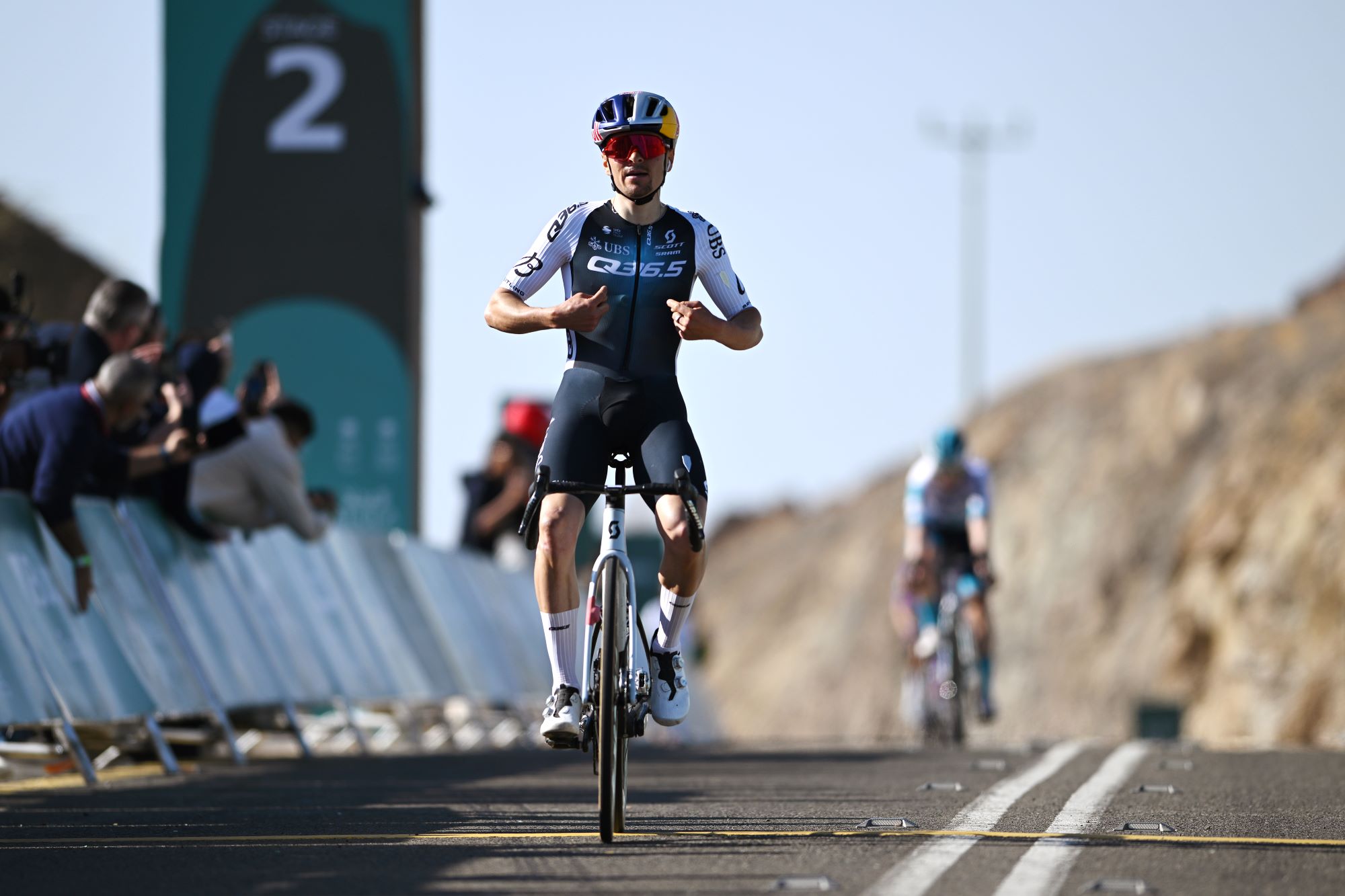 What does Q36.5 mean? We asked the people behind the Italian kit brand that sponsors Tom Pidcock's team
What does Q36.5 mean? We asked the people behind the Italian kit brand that sponsors Tom Pidcock's teamQ36.5's Luigi Bergamo and Lodovico Pignatti Morano take on Cycling Weekly's Q&A
By Tom Thewlis Published
-
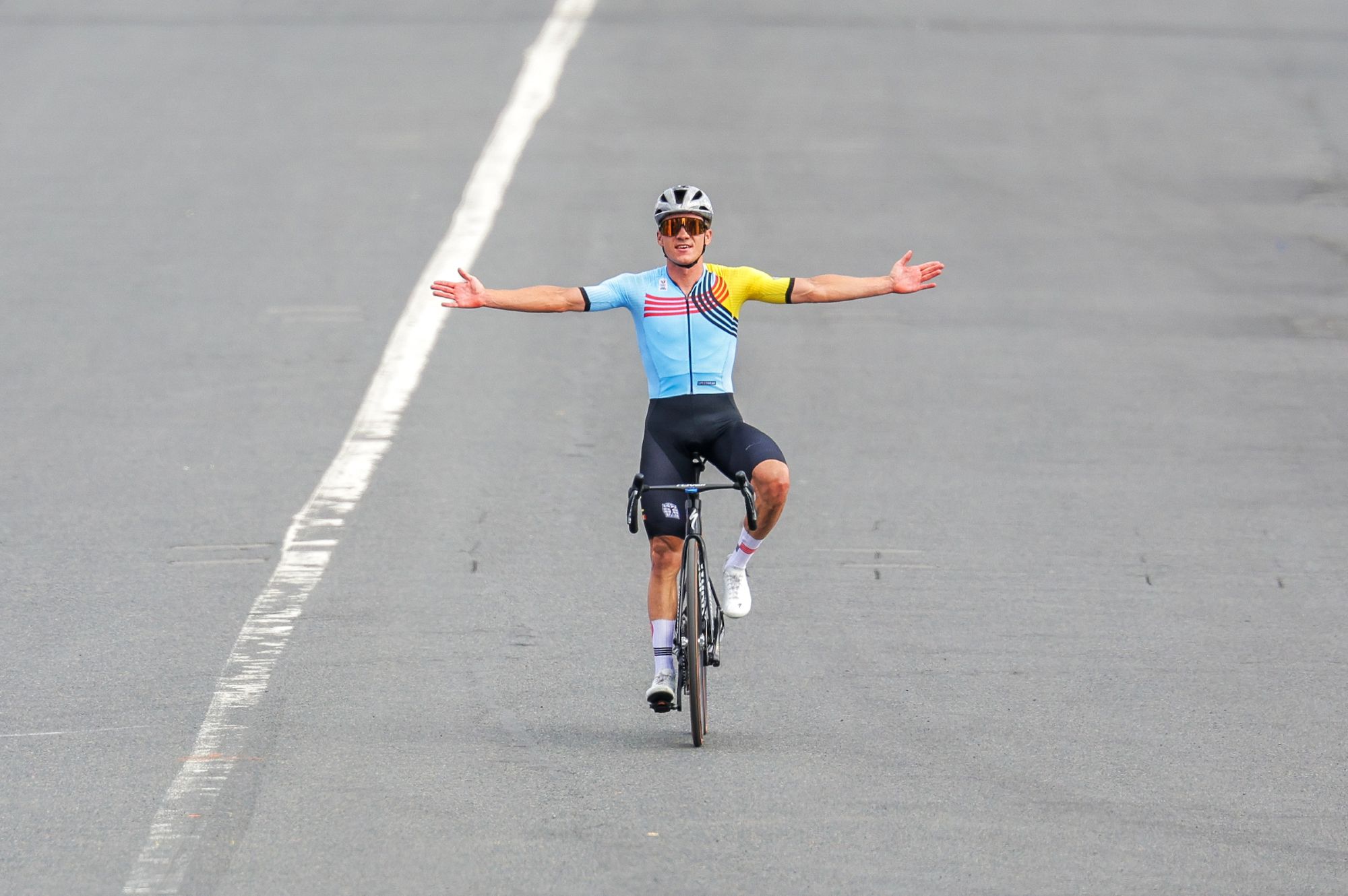 'If I were a tennis player then my career would be over': Remco Evenepoel contemplated early retirement after serious training accident
'If I were a tennis player then my career would be over': Remco Evenepoel contemplated early retirement after serious training accidentDouble Olympic champion was left with nerve damage and says his shoulder is not yet fully healed ahead of his return to racing at Brabantse Pijl
By Tom Thewlis Published
-
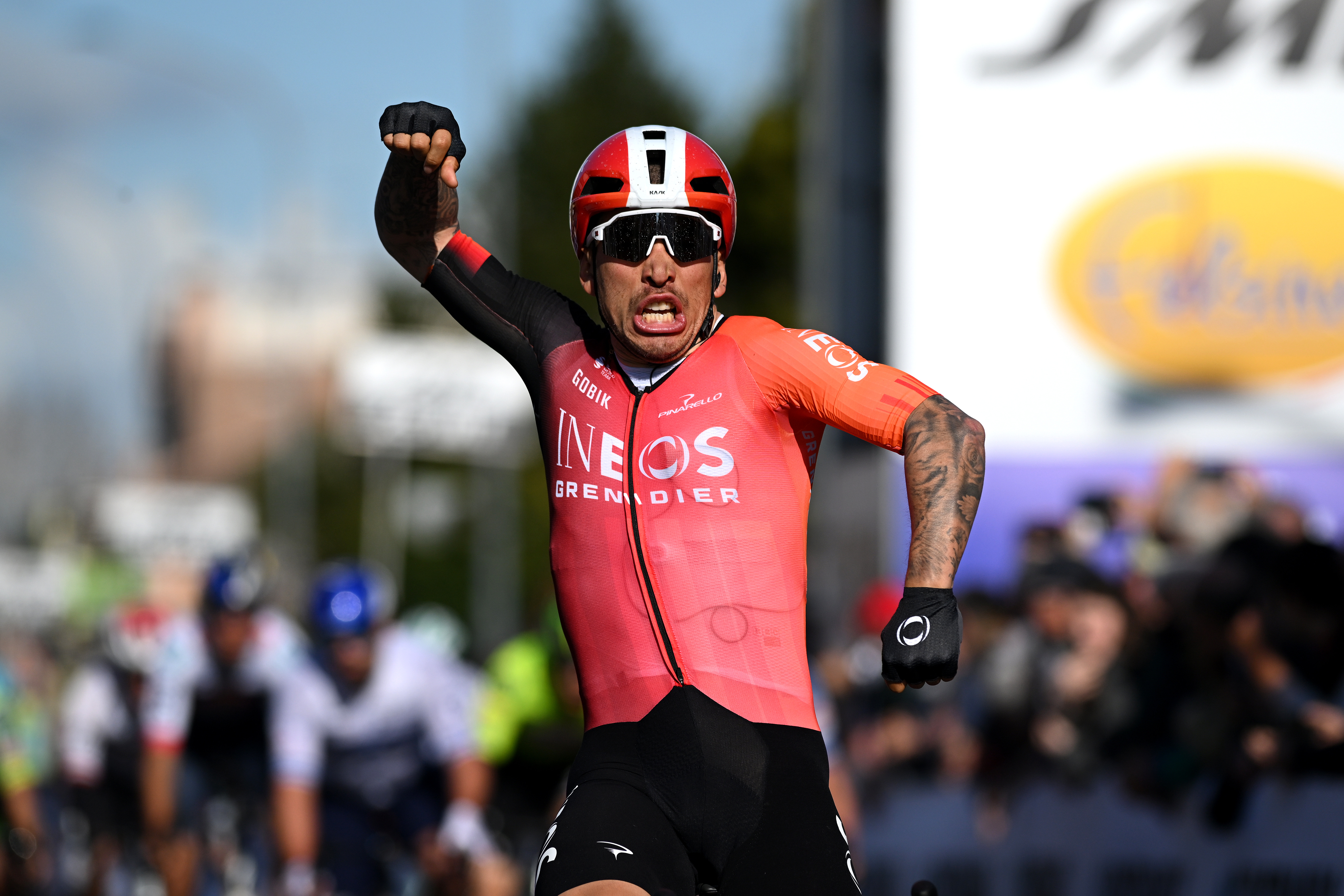 'It can really push me along' - How a velodrome comeback is making Caleb Ewan faster on the road
'It can really push me along' - How a velodrome comeback is making Caleb Ewan faster on the roadAustralian says he'll "definitely" continue track work after rekindling passion
By Tom Davidson Published